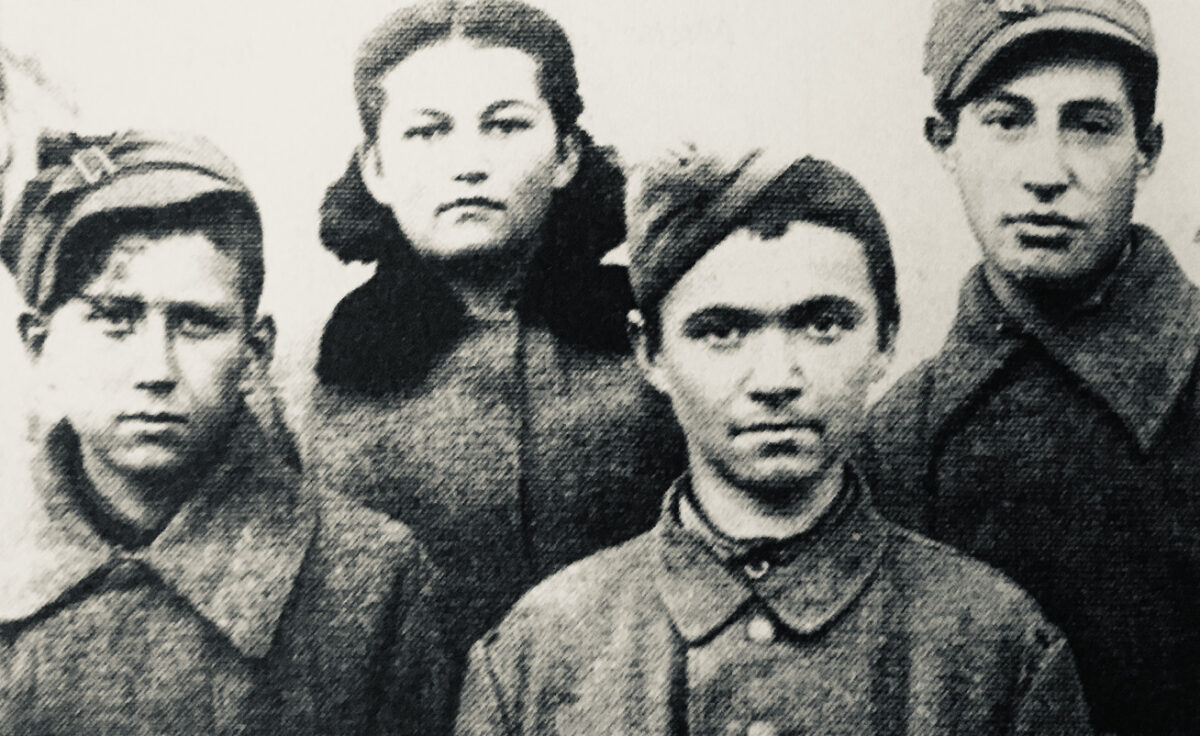Lamentably, many Jews murdered by the Nazis and their collaborators during the Holocaust offered little or no resistance. Yet a relatively significant number joined partisan bands and fought back ferociously.
Their fighting spirit impressed even some Nazis. After the uprising in the Warsaw ghetto was finally crushed by SS General Jurgen Stroop, Germany’s propaganda minister, Joseph Goebbels, grudgingly admitted in his diary, “Now we know what Jews can do if they have arms.”
It is a documented fact that Jewish armed revolts broke out in a succession of major Nazi ghettos as well as in extermination camps ranging from Treblinka to Sobibor.
And upwards of 50,000 Jewish men and women fled into European forests to confront the Germans, according to historian Jack Nusan Porter in his comprehensive book, Jewish Partisans of the Soviet Union During World War II, published by Academic Studies Press.
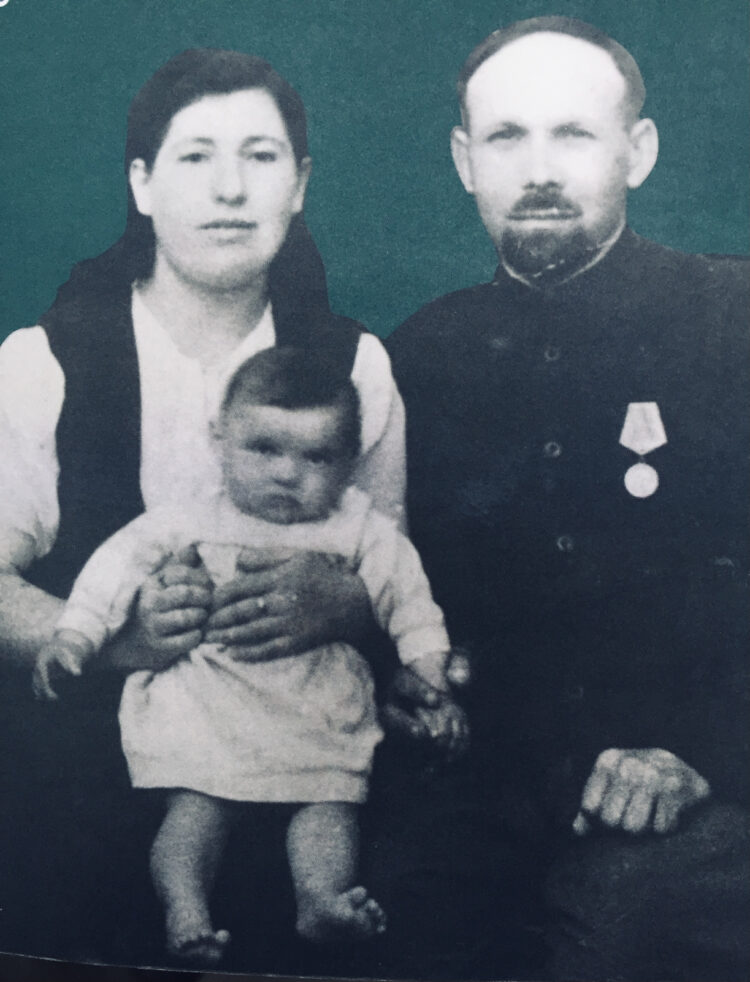
Of these, 25,000 were active inside the borders of the Soviet Union, which was invaded by Germany on June 22, 1941. One of the partisans was Porter’s father, Yisroel Puchtik, whose unit operated in the Volynia district of Ukraine from mid-1942 to early 1945 under the command of a Ukrainian named Nikolai Konishchuk (Kruk).
During the course of the Nazi occupation, Soviet Jews fought in Ukraine, White Russia, Lithuania, Latvia and Moldavia. They served as fighters, commanders, political commissars, scouts, doctors, nurses and communication exports. They blew up bridges, attacked railway trains and killed German soldiers and officers.
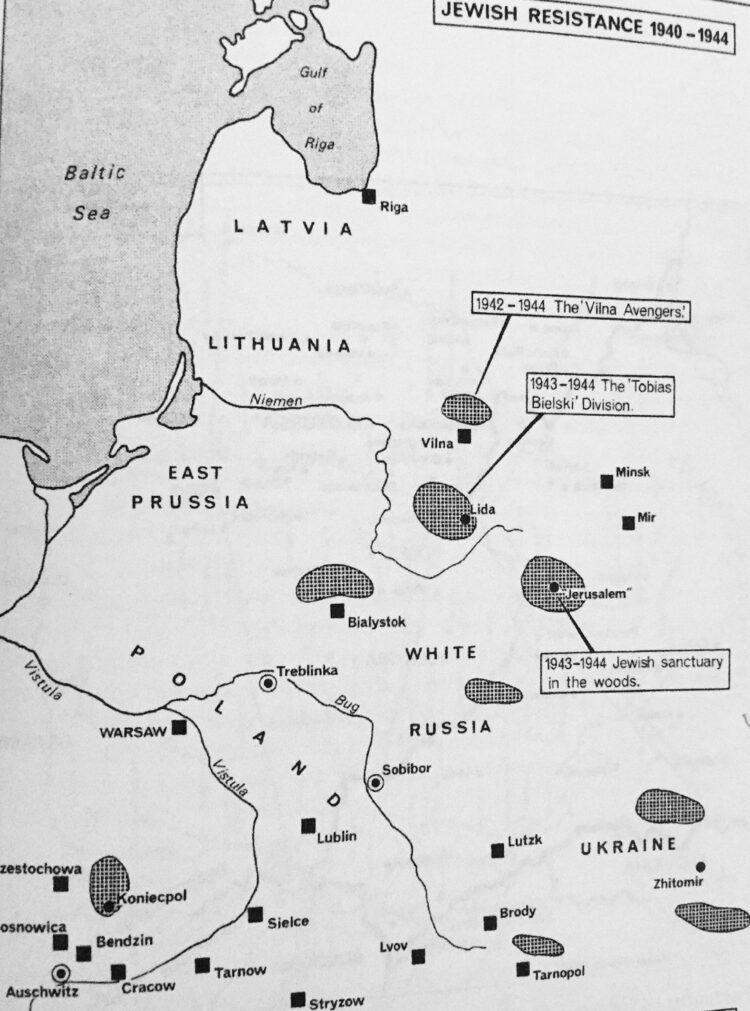
As Porter points out in the introduction, no place in German-occupied Europe was safe for Jews, but forests were nevertheless safer than Nazi ghettos and concentration camps. “Still, the act of leaving (a) ghetto, especially with a family, was a difficult one,” says Porter, an associate at Harvard University’s Davis Center for Russian and Eurasian Studies. “The environment was hostile, and Jews were often caught or informed upon and turned over to the Germans for a reward.”
Porter’s book is a compilation of memoirs and testimonies by former partisans and writers. The material was collected by the Jewish Anti-Fascist Committee, which was formed in 1941 and disbanded in 1948 by Joseph Stalin’s regime.
Stylistically, the entries are usually straightforward and unadorned, but some are marred by propagandistic flourishes. Nonetheless, they paint a relatively vivid picture of the mission and lifestyle of the average partisan.
A man identified as O. Cherny from Minsk describes his band as a brotherhood. “All of them were drawn close together by their abysmal hatred for the enemy,” he writes. They laid ambushes, destroyed railway racks and attacked command posts, killing hundreds of Germans.
A.P. Brinsky, the commander of a unit around Vitebsk, blew up transports and a large bakery that supplied German soldiers with bread. But after a difficult battle in which 20 partisans were killed, their bodies were strung up by the Germans “to terrorize the surrounding inhabitants.”
Grigory Linkov writes about David Keimach, who commanded a band in the same region that is credited with destroying three German trains full of soldiers heading to the eastern front. “They watched while the train chugged its way along the tracks and directly onto our mines. They then saw pieces of the railroad carriages flying up into the air. They heard the groans of the Germans and saw huge columns of black smoke rising from a smashed-up tanker going up in flames.”
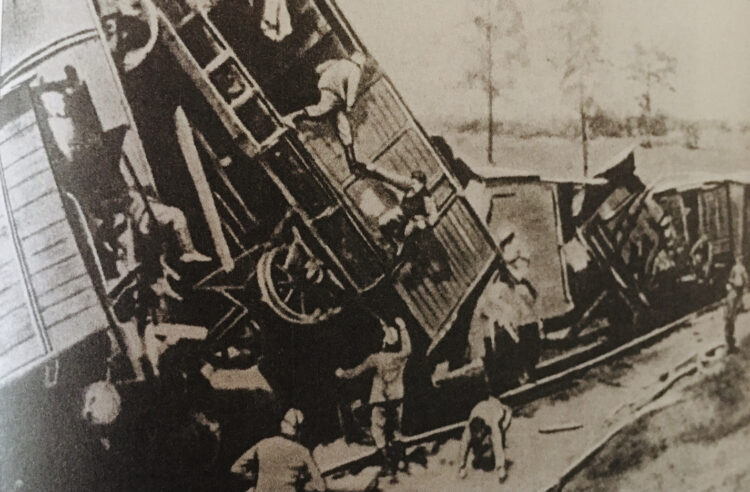
From their base in the Kaunas ghetto, partisans sabotaged transports, storehouses, factories and buildings and cut telephone and telegraph lines, write M. Yellin and D. Galperin. “The destruction … left a dent in the German war machine,” they report.
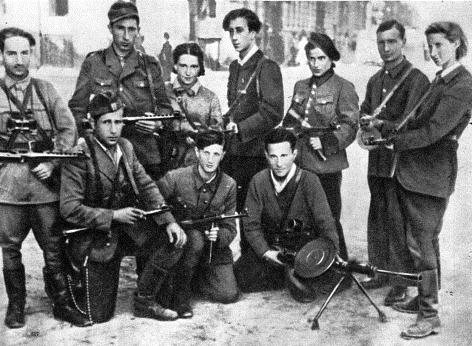
In western Ukraine, an exclusively Jewish unit under the command of Berl Lorber derailed 24 German trains and blew up four large bridges, slaying 300 Germans.
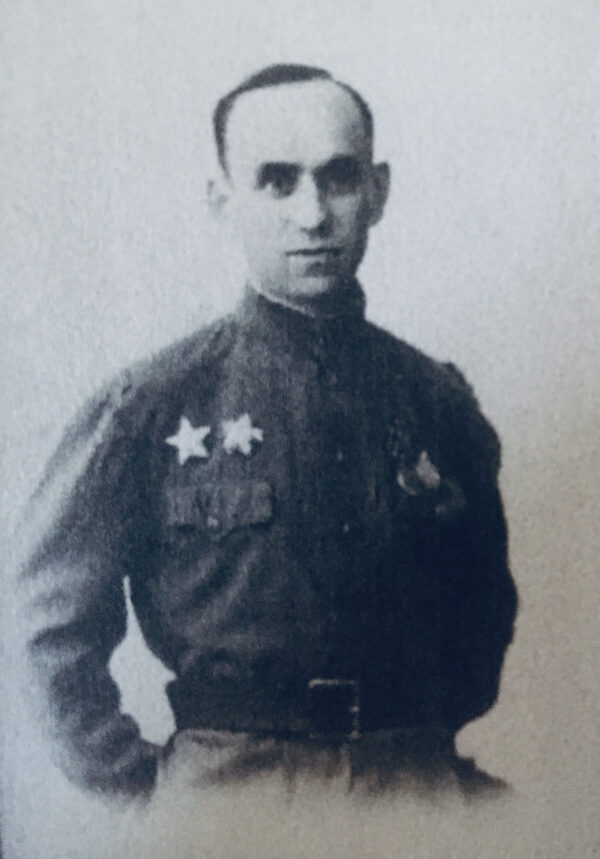
Dov Bronstein, a partisan in Ukraine, left a detailed account of one successful train-wreck operation in March of 1943.
“We would visit the tracks every other night when we had early information about German soldiers being rushed to the front. This information was leaked to us by Ukrainian and Polish workers … Nine of us men went out for the mining operation. We sat near the tracks for three consecutive days. At the estimated time of the train’s arrival — at ten at night — we went up on the tracks with a large mine, set up to be pulled by a cord …
“When the train approached, we pulled hard on the cord, and a powerful explosion … shook the air. The entire train was turned over on its side. Only from the last cars, shots were heard, fired wildly. We went off in the opposite direction to mislead them so they wouldn’t follow our path of retreat. The next day, we learned there had been hundreds of casualties …”
Bronstein says his men excelled at “forcibly entering homes of villagers and confiscating clothing, food and the like …” Much of it, he adds, had been stolen from Jews.
Winter was the hardest season for partisans in Ukraine, says Micha Gazit. “And in those cold days the Germans would enter the forest on purpose. They would raid (its) depths to find our hiding places and to finish with us.”
Pesel Librant, the leader of a Jewish band, describes its operational methods. Having settled on safe ground amidst swamp and marshes, its members started digging bunkers. With water seeping in, they covered the walls with cowhide. They sustained themselves by harvesting the produce of peasants who had been “liquidated” by the Germans.
Another partisan, Alexander Abugov, says he and his comrades lived in earth tunnels in winter and huts in winter. “They were covered either with snow or with moss so that even in daylight one could not tell that partisans lived there, as they looked like small mounds.”
According to Brinsky, partisan life was especially difficult for women. “Besides taking part in the fighting, they also treated the wounded and the sick and did the washing and the cooking.”
Russian partisans with antisemitic attitudes were animated by perceptions of Jews as “merchants and exploiters,” writes David Blanstein.
Ukrainians were regarded by Jews with a mixture of fear and gratitude. Dov Bronstein, a partisan, recalls two Ukrainian farmers who helped Jews. Lorber remembers the “inhuman treatment” meted out to Jews by Ukrainian policemen in the town of Manevichi. And he recalls the mercurial relationship between Jews and Ukrainians in the village of Lishnevka. It was “friendly” until the Nazi occupation in 1941, but degenerated after that. As he puts it, “The peasants waited impatiently for the day when their Jewish neighbors would be annihilated.”
The Germans had no trouble finding willing collaborators, says Abba Klurman. “These included the Ukrainians, who had been the Jews’ neighbors for generations. The Germans found in them active collaborators who were ready to carry out the murder of a people.”
Collaborators were often killed in retaliatory raids. “We took advantage of every opportunity to settle personal accounts with Ukrainian murderers from local villages,” says Lorber.
Judging by the aforementioned stories, Jewish partisans wreaked death and destruction on the Germans and their accomplices on a fairly substantial scale. Their actions were a bold refutation of historian Hannah Arendt’s claim that Jewish resistance was “pitifully small, incredibly weak and essentially harmless.”
